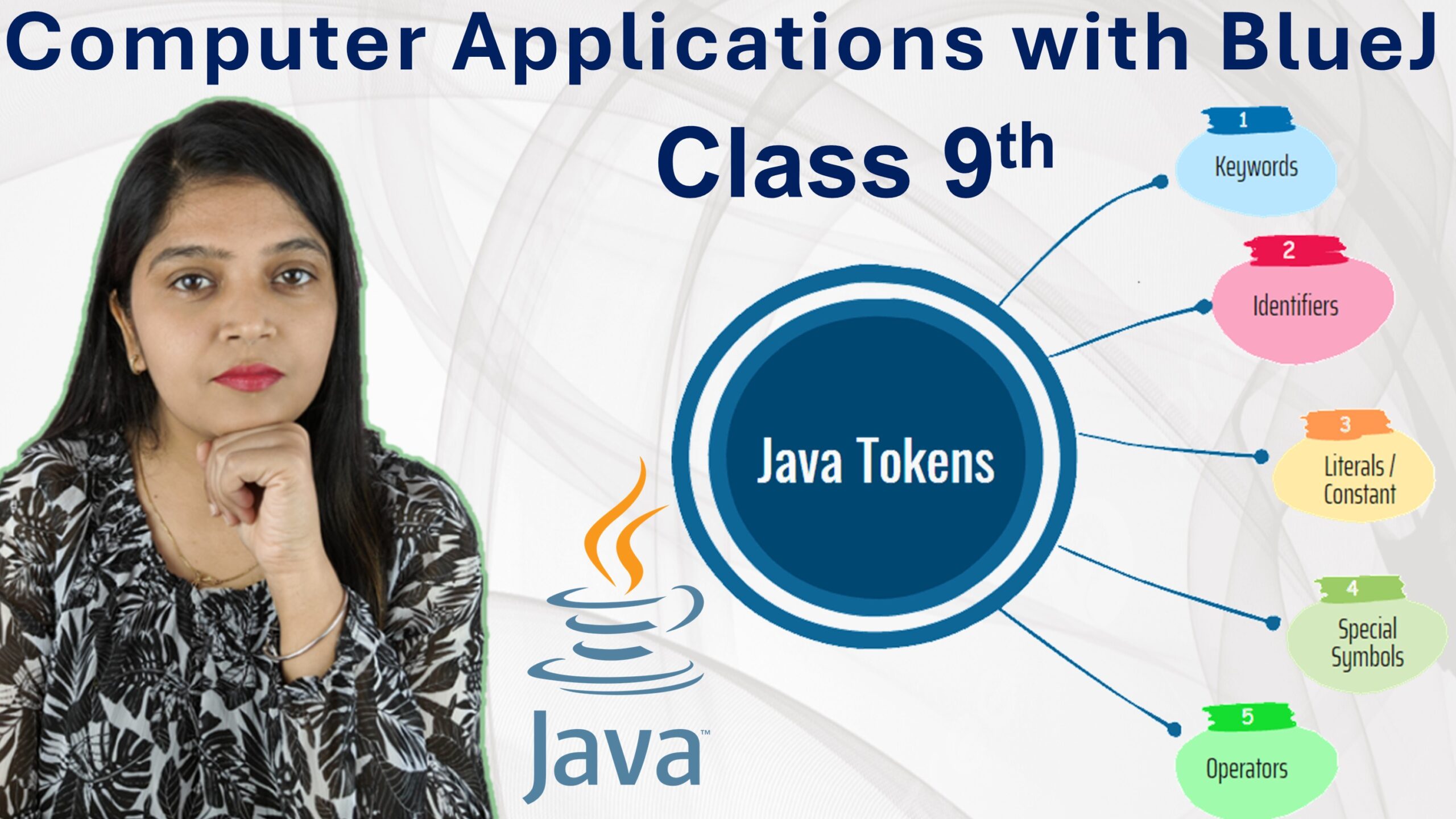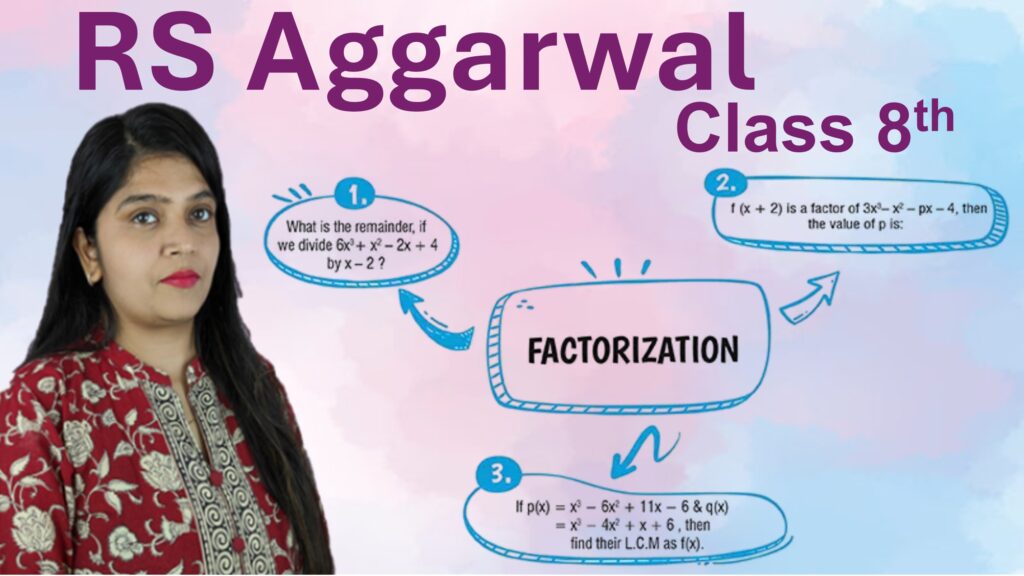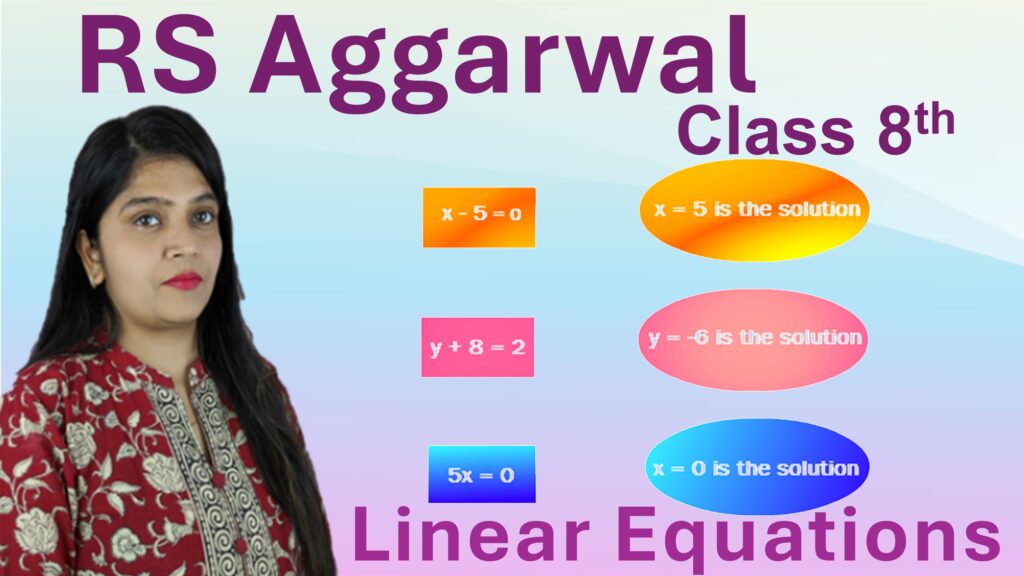Imagine reading a sentence in English: “The sun rises in the east.” When you read it, your brain breaks it into words — The, sun, rises, in, the, east.
Java do similar when it reads your program. It breaks your code into smallest meaningful parts and these are called tokens.
Definition of Tokens
In Java, tokens are the smallest building blocks of a program that have a meaning for the compiler. They are like words in a language, but for Java’s code. The compiler reads your program token by token to understand and execute it.
Purpose of Tokens
Tokens are important because:
- They help Java understand what each part of your program means.
- They make the program easy for the compiler to process step-by-step.
- Without tokens, Java wouldn’t know where a keyword ends or where a variable name begins.
- Tokens define the structure of a Java program.
- By recognizing tokens, the compiler can identify syntax errors.
Types of Tokens in Java
Java has 5 main types of tokens:
- Keywords: These are the predefined words with special meaning in Java. Example: class, public, if, else, while, return.
- Identifiers: Names given to variables, classes, methods etc. Example: age, StudentName, calculateTotal.
- Literals: Literals are the constant values used in the program. Example:
- Numbers: 10, 3.14
- Characters: ‘A’
- Strings: “Hello”
- Boolean: true, false
- Operators: Symbols that perform operations. Example:
- Arithmetic: +, -, *, /
- Relational: >, <, ==
- Logical: &&, ||
- Separators (or Punctuators): Symbols that separate code elements. Example:
- ; (end of statement)
- , (separate variables)
- { } (block of code)
- ( ) (method parameters)
- [ ] (array index)
How Java Tokens Work?
When you write a Java program, the compiler needs to understand it before running it. This process happens in three main steps:
1. Tokenization
This is the first step where the Java compiler breaks your program into tokens like keywords, identifiers, operators, literals, and separators. Example: int age = 20;
Java breaks this into:
- int → Keyword
- age → Identifier
- = → Operator
- 20 → Literal
- ; → Separator
2. Syntax Analysis
In this step, the compiler examines each token to check:
- What type of token it is (keyword, operator, literal, etc.)
- Whether it’s used correctly according to Java’s rules (syntax).
3. Execution Analysis or Semantic Analysis
The compiler then checks the meaning of the code. Even if the syntax is correct, the compiler verifies whether the logic makes sense. For example, it makes sure:
- Variables are declared before use.
- Data types match correctly.
- There are no illegal operations.
Final Thought on Tokens
Tokens are the alphabet and words of Java’s language. They may be small but without them Java couldn’t understand your instructions.
If you learn tokens well, you’ll have a solid foundation to write clear, correct and bug-free Java programs.
If you’re thinking of learning programming, Java is a great place to start!





Leave a Comment